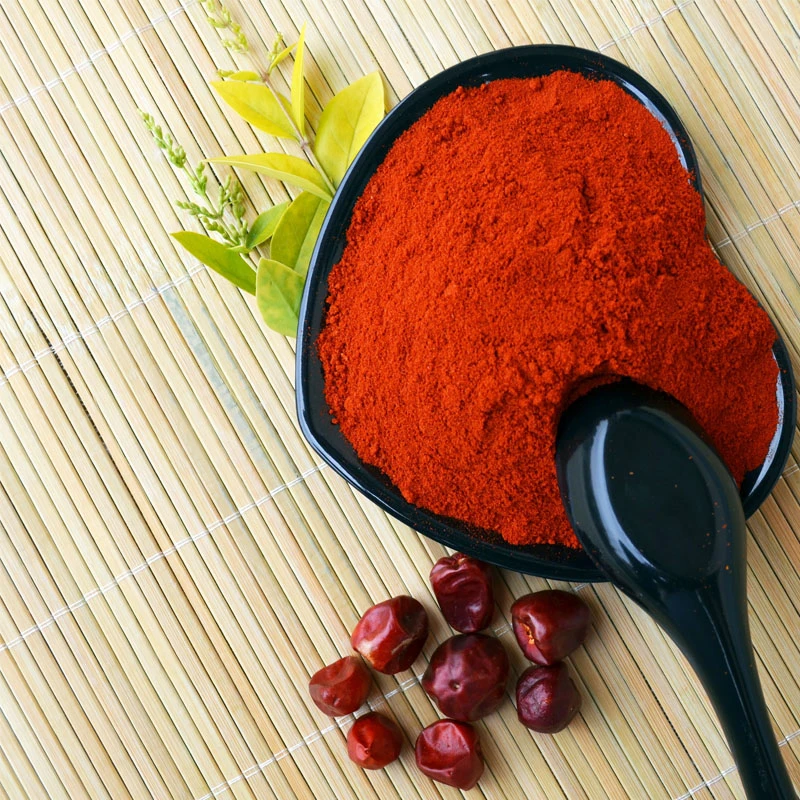- No. 268 Xianghe Street, Economic Development Zone of Xingtai city, Hebei 054001 China
- Byron@hbhongri.cn
Comparison of Chili Powder and Paprika Flavor Profiles and Culinary Uses
Exploring the Flavorful World of Chili Powder and Paprika
Chili powder and paprika are two staples in the culinary world that add depth, warmth, and vibrant color to dishes. While they might seem similar at first glance, these spices possess distinctive characteristics and uses that make them unique and essential in various cuisines.
Chili powder is a blend of ground dried chilies and other spices, often including cumin, garlic powder, and oregano. It varies in heat level depending on the type of chilies used, which can range from mild, such as ancho or pasilla peppers, to fiery varieties like cayenne. This spice is predominantly used in Mexican, Tex-Mex, and Indian cuisine, where it imparts a robust flavor to dishes like chili con carne, enchiladas, and curries.
On the other hand, paprika is made from ground, dried sweet peppers. Originating from Hungary and Spain, it has become a globally recognized spice with various nuances depending on its origin. Hungarian paprika tends to be sweeter and more aromatic, while Spanish paprika can have a smoky flavor, especially if it is labeled as pimentón. Paprika is known for its mild taste, making it an excellent option for those who want to add color and subtle flavor without overwhelming heat. It commonly adorns dishes such as goulash, deviled eggs, and potato salads.
The utilization of chili powder and paprika in cooking goes beyond mere flavor enhancement; they also contribute significant health benefits. Both spices are rich in antioxidants, vitamins, and minerals. Chili powder, especially, contains capsaicin, the compound responsible for its heat, which may have anti-inflammatory and metabolism-boosting properties. Paprika, on the other hand, is loaded with vitamins A and E, which are essential for skin health and immune function.
chili powder and paprika

When it comes to storage, both chili powder and paprika should be kept in a cool, dark place to maintain their potency and freshness
. Whole spices generally have a longer shelf life than ground spices, so it’s recommended to buy them whole and store them properly before grinding them as needed.In terms of flavor pairings, chili powder and paprika each shine in their own right. Chili powder harmonizes well with ingredients like beans, tomatoes, and meats, creating hearty and comforting dishes that are perfect for sharing. It can also be thrown into marinades and rubs for grilling or smoking meats, enhancing the overall flavor profile.
Paprika, conversely, adds a pop of color to dishes while complementing a variety of ingredients. It can be sprinkled over roasted vegetables, added to creamy sauces, or blended into dressings, providing a beautifully vibrant finish. The versatility of paprika allows it to play a crucial role in many culinary creations, from the simplest of meals to the most elaborate feasts.
Interestingly, both chili powder and paprika can sometimes be used interchangeably in recipes, depending on the desired heat level and flavor. For instance, if a recipe calls for paprika but you prefer a bit of spice, substituting chili powder can provide that extra kick while still maintaining a rich color.
In summary, chili powder and paprika are essential spices that elevate our cooking and bring warmth and color to our meals. They each tell a story of their regional origins, culinary traditions, and the transformative powers of spices in the kitchen. From the fiery punch of chili powder to the sweet smokiness of paprika, these spices invite exploration and innovation in our culinary endeavors. Whether you are an experienced cook or a novice in the kitchen, incorporating chili powder and paprika into your recipes promises to enhance not only the taste but also the experience of food itself. So next time you reach for these spices, remember that you are adding a world of flavor and history to your culinary creations.
-
Unlock the Power of Nature with Capsicum Oleoresin ExtractNewsJul.03,2025
-
Unleash the Heat: Discover the Wonders of Spicy Crushed Red PepperNewsJul.03,2025
-
Unleash the Flavor of Red Pepper Pods – Elevate Your Culinary Creations!NewsJul.03,2025
-
The Rich Flavor of Red Pepper Dried – The Ultimate Ingredient for Your Culinary Creations!NewsJul.03,2025
-
Discover the Rich Flavor of the PaprikaNewsJul.03,2025
-
Discover the Flavorful World of Paprika & Chili ProductsNewsJul.03,2025







